Retro Replay Review
Gameplay
Super Strike Eagle places you directly in the cockpit of the iconic F-15, combining the arcade sensibilities of the Super Nintendo era with the strategic depth MicroProse is known for. You’ll launch on a variety of mission types—from precision bombing runs and deep-strike sorties to intense dogfights and naval interdiction. Each mission demands careful planning: you must weigh fuel consumption, ordnance loadouts, and potential enemy threats before even taking off.
(HEY YOU!! We hope you enjoy! We try not to run ads. So basically, this is a very expensive hobby running this site. Please consider joining us for updates, forums, and more. Network w/ us to make some cash or friends while retro gaming, and you can win some free retro games for posting. Okay, carry on 👍)
The dual-perspective system—switching between first-person cockpit view and a wider third-person camera—gives you situational awareness while still retaining the thrill of peering over the nose of your jet. The targeting radar, weapons-selection menu, and fuel gauge are all accessible with simple button inputs, making the SNES controller a surprisingly capable interface. Strafing runs feel tactile, and tracking enemy fighters through clouds of smoke and tracer fire keeps your reflexes sharp.
Difficulty settings in Super Strike Eagle adjust not only enemy AI aggressiveness but also fuel burn rates and weapon capacity, so newcomers can jump in with a forgiving set of parameters, while veterans of the F-15 Strike Eagle series will welcome the grueling challenge. Mission briefs are succinct but informative, and the mission map highlights primary and secondary objectives clearly. The balance between arcade flair and simulation authenticity ensures that both casual players and flight-sim enthusiasts find something to enjoy.
Graphics
On the Super Nintendo hardware, Super Strike Eagle uses Mode 7 scaling to render vast desert plains, rolling hills, and blue oceans beneath your F-15. The effect provides an impressive sense of speed and altitude as you perform low-level ingress or zoom upward into combat airspace. Ground textures are simple but functional, with enemy installations and SAM sites popping into view with minimal slowdown.
Aircraft sprites are well-detailed for a 16-bit title: the angular silhouette of the F-15 is instantly recognizable, and enemy fighters are color-coded for quick identification. Explosions light up the screen with bright flashes and smoke plumes that linger, giving your bombs and missiles real visual weight. Even in the heat of battle, frame rates remain smooth, ensuring your inputs translate immediately to on-screen action.
The cockpit view, while static, brims with character. Clearly drawn instrument panels and toggles help you keep track of speed, altitude, radar locks, and weapons. Warning lights flash when you’re hit or running low on fuel, and graphical overlays for targeting pods and HUD elements are crisp. Though the graphics can’t rival modern simulators, for its era Super Strike Eagle delivers an immersive, responsive experience.
Story
Rather than a singular narrative arc, Super Strike Eagle presents a campaign of geopolitical hotspots where rogue regimes defy United Nations resolutions. You operate under UN mandate, tasked with coercing these governments back into compliance. The story unfolds mission by mission, each with a short briefing that sets the stage: a desert dictatorship arming rebels, a naval blockade threatening international shipping lanes, or a hostile air force testing its mettle against yours.
Dialogue is minimal, relying on terse radio calls from your wingman and command center. This approach keeps the pace brisk, though it may feel sparse for players seeking a cinematic storyline. Instead, the game leans into the fantasy of becoming an elite F-15 pilot: each debriefing screen tallies your kills, bombs dropped, and mission time, feeding into that sense of personal accomplishment.
The absence of elaborate cutscenes allows you to focus on the heart of the game—air combat. While there’s little character development or plot twists, the varied mission environments (deserts, mountain passes, coastal waters) provide enough narrative flavor to maintain engagement. You get the impression of a globe-spanning air campaign, even if the story details remain understated.
Overall Experience
Super Strike Eagle on SNES strikes a fine balance between pick-up-and-play accessibility and the tactical decision-making of a flight simulator. The learning curve is inviting, with a helpful training mission that introduces radar locks, weapon types, and cockpit controls. Once you’ve mastered the basics, each new mission brings fresh challenges that test your situational awareness and mission planning.
Replay value is high: multiple difficulty levels, branching mission paths, and the option to revisit previously completed operations encourage experimentation with different weapon loads and tactics. A split-screen two-player dogfight mode further extends enjoyment, pitting friends against each other in fast-paced aerial combat. Even today, the core loop of launching, engaging, and debriefing remains satisfying.
For fans of retro flight games or anyone curious about MicroProse’s take on aerial warfare, Super Strike Eagle delivers an engaging package. Its straightforward presentation, varied mission roster, and responsive controls make it a standout title on the Super Nintendo. While it may lack the modern trappings of contemporary sims, its focused gameplay and nostalgic charm ensure it’s still worth strapping into the cockpit.
 Retro Replay Retro Replay gaming reviews, news, emulation, geek stuff and more!
Retro Replay Retro Replay gaming reviews, news, emulation, geek stuff and more!
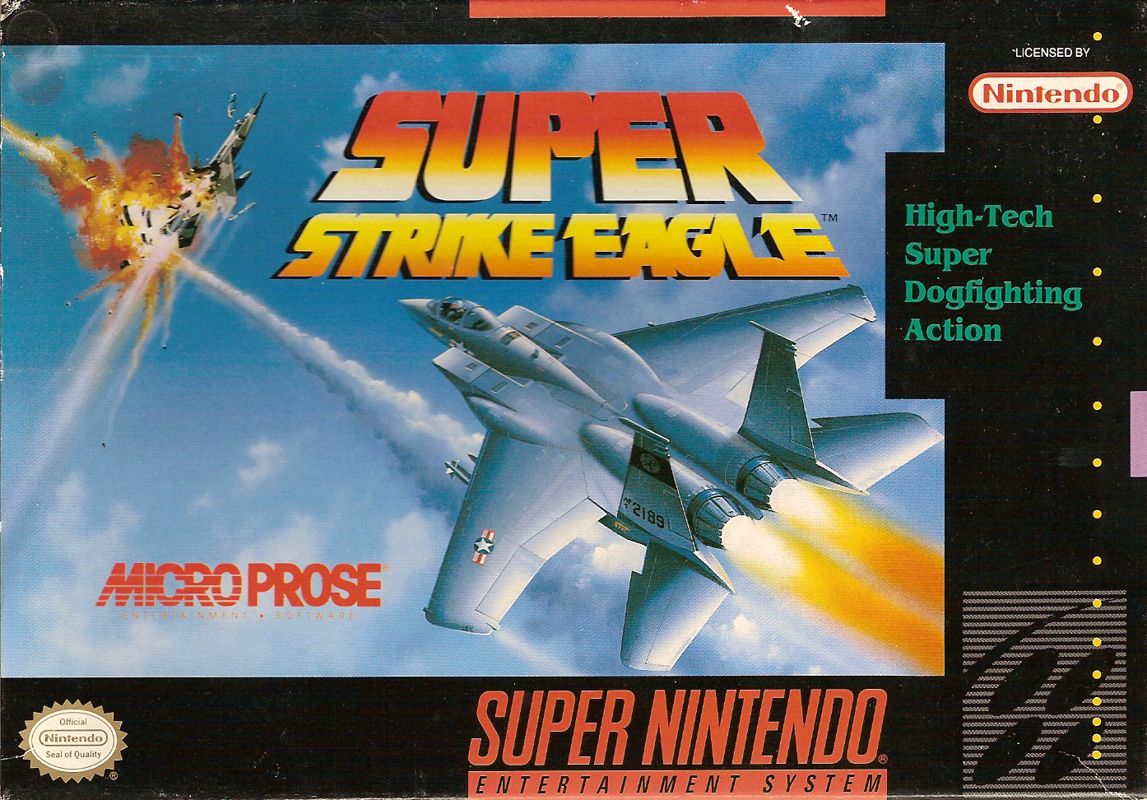
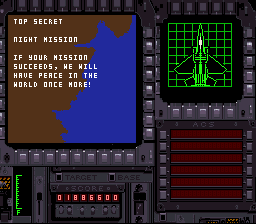
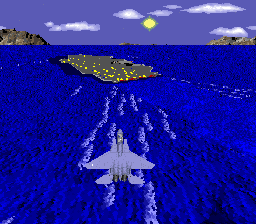
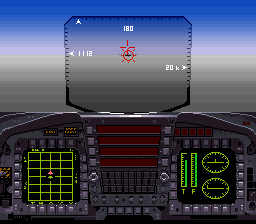
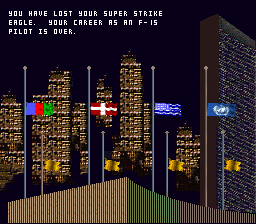
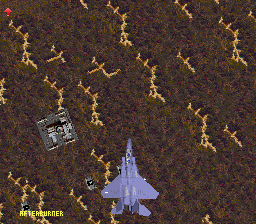
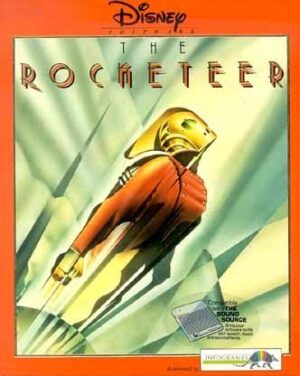


Reviews
There are no reviews yet.